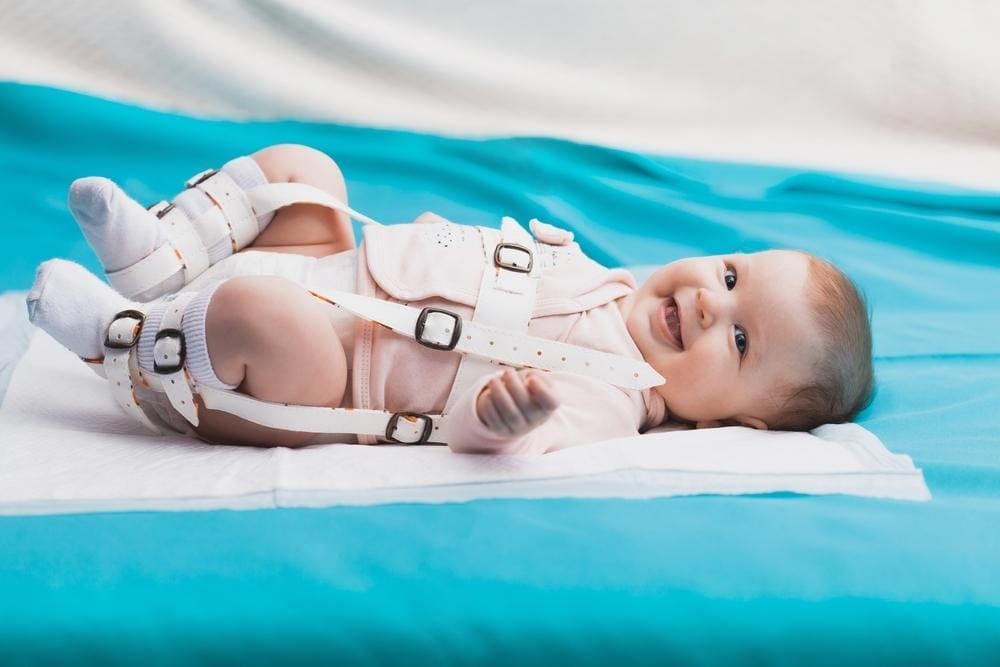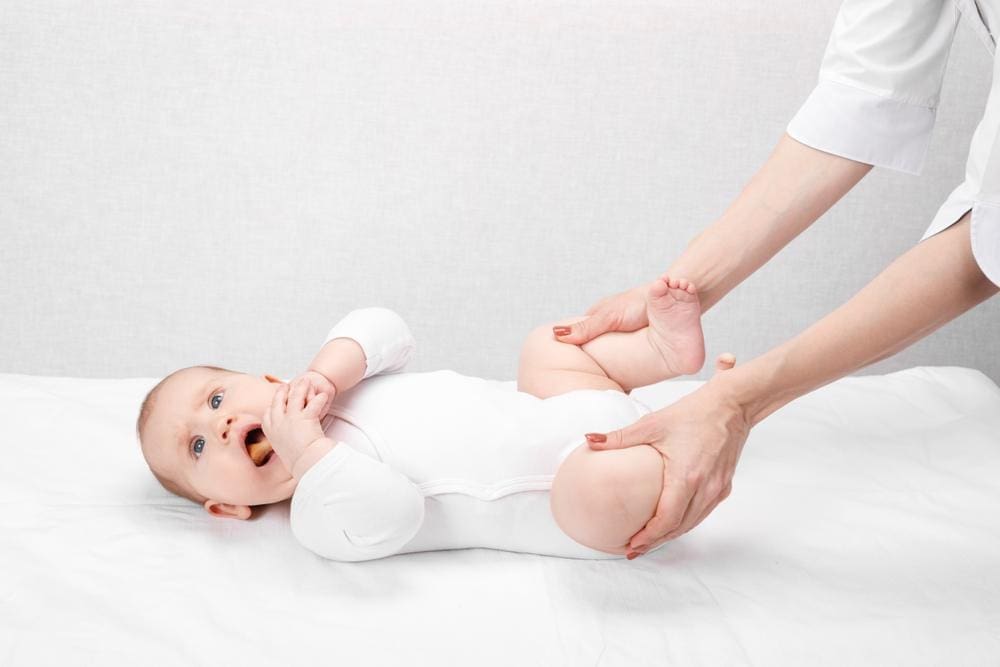
Hip dysplasia occurs when the hip socket doesn’t cover the ball of the upper thighbone, and the hip joint dislocates partially or fully. In most cases, people are born with hip dysplasia (developmental dysplasia of the hip or DDH), and evaluation for the disorder is usually part of early infancy medical exams.
Developmental hip dysplasia can range from mild to severe. Mild cases might not cause symptoms, at least not until someone reaches adolescence or adulthood. Over time, hip dysplasia damages the joint’s lining and can hurt the cartilage that rims the hip joint socket.
Although some doctors recommend surgery to treat hip dysplasia, many cases can be resolved using braces or harnesses, as well as chiropractic treatment.
DDH occurs when the hip joint of a newborn baby is prone to dislocation. Female infants experience DDH more often than males. The condition is present at birth and causes an abnormal relationship between the femoral head and the acetabulum. A baby with congenital hip dysplasia has a shallow hip socket, which allows the femoral head (the head of the thigh bone) to slip in and out.
There might not be any symptoms in very mild cases of hip dysplasia. However, one of the most common symptoms is having one leg longer than the other. Some parents notice that one hip is more flexible than the other while changing their child’s diaper.
If developmental hip dysplasia is not treated early enough, it can affect a child’s ability to walk without a limp.
If you suspect your child has DDH, it is important to consult with a pediatrician, pediatric orthopedic specialist, or other qualified healthcare professional who specializes in treating children with hip conditions. They can evaluate your child for this type of congenital hip dislocation, perform appropriate diagnostic tests, and recommend the most suitable treatment options, which may include various forms of medical intervention, physical therapy, or in some cases, surgery.
There are a few things that increase a baby’s risk of DDH. These things include:
Diagnosis typically occurs during well-baby visits as part of a routine physical examination. During the physical exam, your child’s healthcare provider will move their legs to determine if the joint fits together in the proper position.
It can be challenging to diagnose mild cases of hip dysplasia. For some people, symptoms don’t arise until early adulthood. If your child’s doctor suspects hip dysplasia, they might order suggested imaging tests, such as X-rays or MRI.
Common recommendations for treatment include:
Moderate to severe cases of infant hip dysplasia are usually treated with a Pavlik harness or brace. It’s a safe and effective treatment option to get a baby’s legs in the correct position to encourage better hip development. This device is usually used from birth to about four months of age.

Casting is another treatment option. A cast called a hip spica cast encourages the proper formation of the hip joint.
In addition to harnesses and braces, many parents use chiropractic care as a nonsurgical treatment to help their baby’s hip joint. Chiropractic care restores joint function, stimulates the nervous system, and strengthens core muscles, promoting healthy hip development.

Chiropractors can perform routine development assessments for infants during a physical examination, allowing them to determine if hip joint development might be a concern. Sometimes, lifestyle changes and exercise are enough to help the hip joint correct itself.
Nonsurgical treatment options used by chiropractors to treat this hip problem include:

Hip dysplasia can be a cause for serious concern if it’s not treated early enough. Working with a chiropractor, your child’s pediatrician, and other healthcare professionals allows for early diagnosis and treatment of hip dysplasia.

© Accident Care Chiropractic | Hablamos Español
Located in: North Portland, NE Portland, SE Portland, Gresham, Clackamas, Oregon City, Hillsboro, Bethany, Beaverton, Tigard, Forest Grove, Woodburn,
McMinnville, Keizer, Salem, South Salem, Bend, Springfield, Vancouver, Hazel Dell, East Vancouver, Pasco, Kennewick, Lakewood.
We Specialize in Car Accident Treatment & Recovery
Home | About Us | Testimonials | Blog | Sitemap | Privacy Policy | Services | Locations | Contact Us